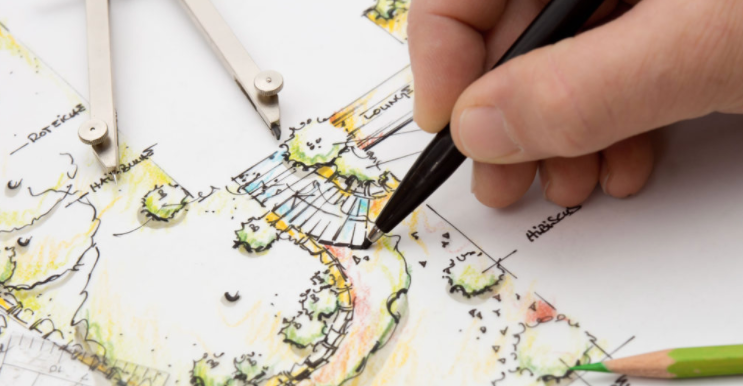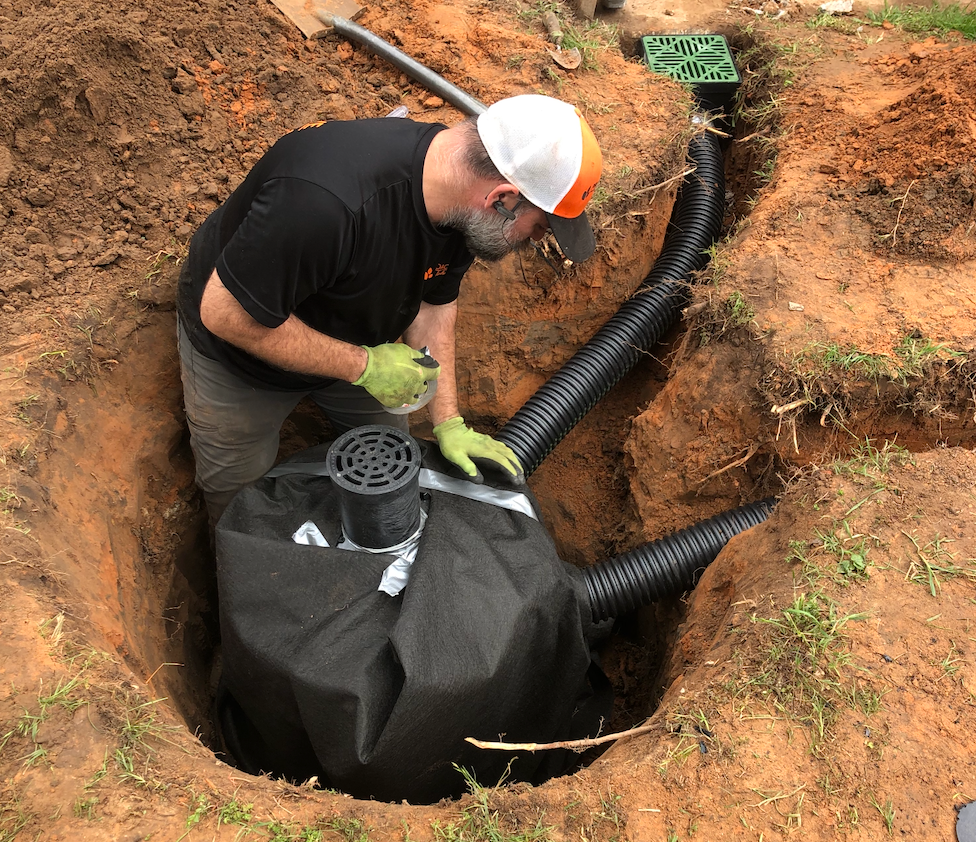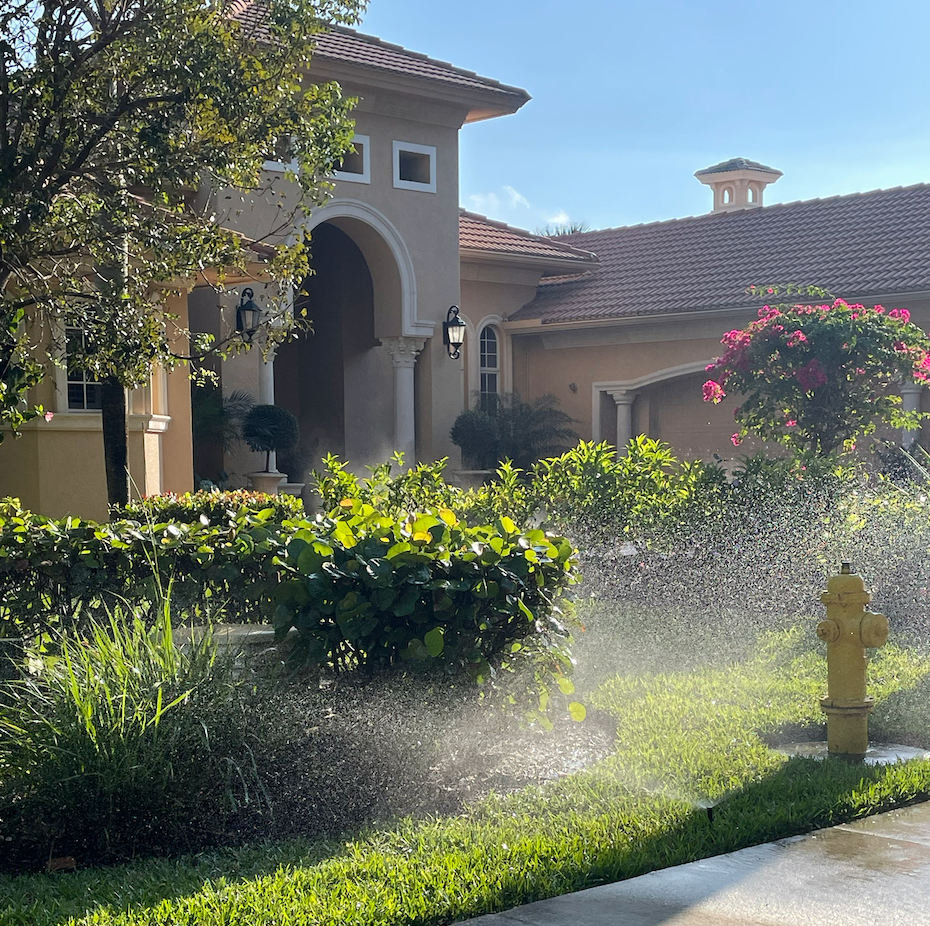
When we begin a new relationship with a landscaping customer, we are often asked what makes it successful. Our most truthful answer is that there are as many paths to success as there are clients and the properties they own.
Every relationship has obstacles that become touchpoints for building trust. As landscape designers and contractors, we must notice and discuss them. The more clients can contribute to that discussion, the smoother it will work.
Reputable contractors understand that they own the problems they raise. For example, if a client requests a retaining wall that requires special reinforcement to stabilize it on a slope, that challenge must be addressed.
This puts the client in a similar position regarding problems the contractor is unlikely to know about. These may include anything about neighbors, unique drainage issues, etc.
Most People Resist Planning
The landscape design process is the foundation for every successful landscaping project. It is referenced daily throughout the construction process. Observations and suggested changes should be noted because they, too, will affect the ultimate outcome.
The best-case scenario is to completely update the landscape design after the project is built. This “as-built” plan becomes a valuable reference for future changes or additions. It turns out that this important step is rarely followed in practice.
Remember that landscape designs are legal documents detailing how a project will be built. It is supported by reference material such as plant lists and the agreement or contract. So, let’s look at some of the considerations it should address.
#1. Drainage Measures

Managing surface and sub-surface water flow is one of the trickiest landscape design challenges. A skilled designer will provide a comprehensive plan for surface drainage, water from rain, irrigation, and melting snow. Much of this is determined by meeting the engineered elevations established by the local municipality.
It may also be necessary to have supplemental sub-surface drainage measures. Most homes have a drainage system that collects water along or beneath the home’s foundation and moves it away.
#2. Hardy Plants
A landscape designer can recommend plants that are hardy to our Oklahoma conditions and will often be locally grown plants.
Container grown plants such as perennials and small shrubs will not be cold hardy, but they can adapt with care. Young plants with tender root systems need the right varieties with properly prepared soil planted at the right time.
Locally grown trees and larger shrubs are ideally suited to our Oklahoma soils and environmental conditions. This is especially true of broadleaf and needle evergreens that may grow slowly.
#3. Soil Preparation
The landscape design process should call out necessary soil preparation. This falls under the category of site work or preparation.
Planting a $.50 plant in a $5.00 hole is an expression sometimes used to suggest that soil quality may be more important than plant quality. It’s a common practice to use the existing soil, possibly amending it with organic matter to improve it.
However, when heavy equipment is on-site to prepare a project, removing and replacing compacted or depleted soils may be more cost-effective in the long run before planting begins.
#4. Hardscape Foundations
During an Oklahoma winter, the frost line depth extends at least 18″. This means structures such as decks and mortared walls must have footings that extend below these depths to prevent damage from frost heaving.
Driveways, patios, and walkways are hardscapes designed to float. That is, it is expected they move up and down as subsurface water expands and contracts during the winter freezes and thaws. A suitable base is essential to support that process.
A concrete driveway is an example of a hardscape surface that will not flex. For this reason, expansion joints are necessary to manage that movement and eliminate unwanted cracking. Be sure your landscape design details reflect these conditions.
#5. Permitting and Safety
The purpose of permitting is to ensure that generally accepted standards are upheld by everyone in the community. This protects each and every homeowner for conditions that are their responsibility and those that are not, such as minimizing the impact of water runoff from an adjacent property.
The details of permitting are often carried out by the landscape contractor. However, it is the homeowner that is ultimately responsible. Therefore, to protect your interests, be sure to understand the necessary requirements.
In some circumstances, it is possible to discover that permitting was not properly done for previously completed work. As a result, you will have to bring everything up to code before proceeding with new projects.
#6. Smart Irrigation

Smart irrigation is exactly what it suggests, using planning and technology to conserve this valuable natural resource.
Do not make the mistake of accepting 100% irrigation coverage because it is easy to accomplish at the expense of efficiency. A well-planned irrigation design will use a combination of large and small irrigation heads to cover the desired turf and ornamental plants without unnecessarily watering adjacent hardscape areas.
Another way to conserve water and save money is to install a rain sensor that will shut off the system during and shortly after natural rain.
#7. Balanced Lighting
A common landscape lighting mistake is installing lights that flood the home and its property, much like a home builder would do for a model home. Once that model home is sold to a homeowner, professional lighting techniques that eliminate lighting hot spots should be employed.
A balanced lighting plan will use accent lights to highlight focal points such as specimen trees, water features, and stone accents. Softer path lights can highlight seasonal colors and illuminate walks and pathways for safety and nighttime interest.
Proactive Landscaping: Helping Oklahoma Homeowners Enjoy Outdoor Living
Our top priority is creating living spaces that are right for you. We pride ourselves on working with you from concept to construction to make the right landscape for your needs. Contact us today for a free consultation to explore your next landscaping project

